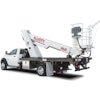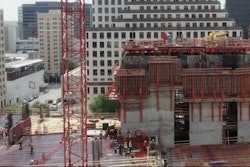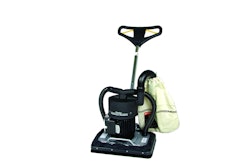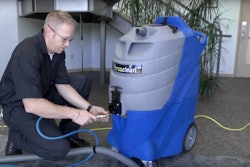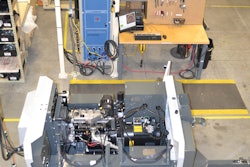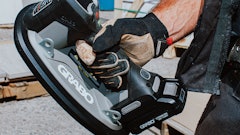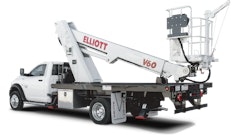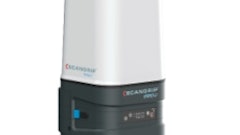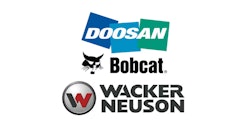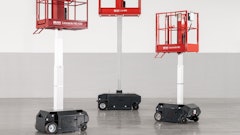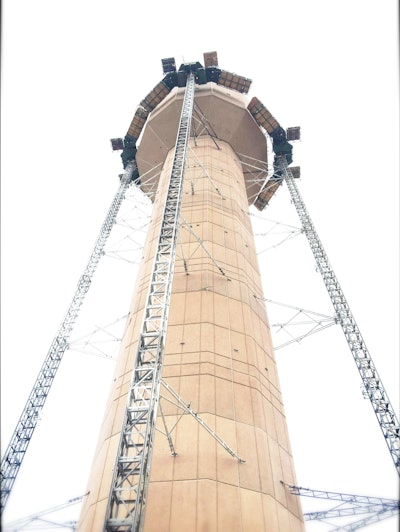
The International Awards for Powered Access (IAPAs) are renowned as the most prestigious and respected awards in the access industry, celebrating best practice and excellence in 13 award categories ranging from new products and innovations to safety and training.
In the Project of the Year category, the 2016 winning entry went to Hydro-Mobile of Canada for its work with mast climbing work platforms (MCWPs) on the new FAA control tower at Tucson Airport in Arizona. “The winner was able to cater for a very difficult situation in a number of ways,” the judging panel noted, “including a dynamic solution at the top of the tower.”
The Tucson Airport Control Tower project began in 2014 and was completed in late 2015. The original tower was, at 55 years old, the second oldest control tower in the United States. The FAA appointed Hensel Phelps to manage a $42-million project to build a new tower.
The new tower now stands at 252 feet and was designed with a core made up of pre-cast concrete and structural steel panels. The project presented several challenges, including:
- Access was required inside the tower to build the supporting structure.
- Mast climbers were needed for use externally on the main tower, but also had to be able to access the facade of the control room at the top, which is 30 feet wider than the main tower.
- At the end of the construction of the tower, the mast climbers which were being used for the construction of the inside of the tower had to be removed.
- Multiple trades required use of the MCWP equipment, and capacities were required to be sufficient for concrete work.
- The mast climbers had to be set up 16 feet away from the facade of the tower so they would pass the wider control room at the top.
Randy Tuinder, Hydro-Mobile’s Denver branch manager, spent many hours analyzing the best solution and eventually a plan of action was decided.
Hydro-Mobile P Series units were used on the inside construction because when the tower was completed, they could be easily dismantled. The unit folds up into a shape that allows it to pass through a standard door at the base of the tower.
Hydro-Mobile F Series units were used on the external parts and were attached to the tower 16 feet away from the vertical surface to let them pass the wider control tower above.
Special mast climber platforms were constructed to get access to the tower facade for workers, and these platforms were adjustable from the platform to let the operator bypass the wider circumference of the control room.
The units and the control tower building were constructed simultaneously, one level at a time, in an amazing feat of engineering.
Challenges aside, the project was completed thanks to the use of creative thinking and highly specialized equipment.


